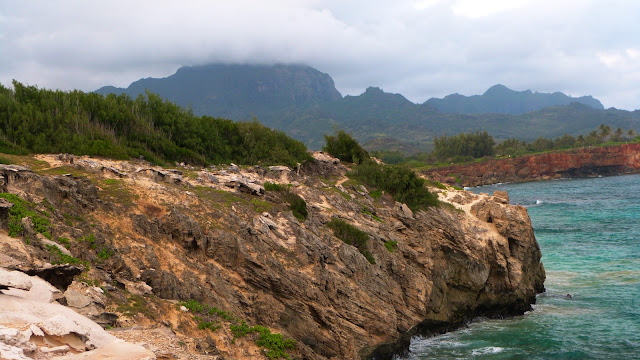Maryland. I don't know why the bloodiest battles were fought in Maryland... This battle at Antietam Creek would be the bloodiest one-day battle of the entire Civil War.
Granpa studies the battle plans; I study the people engulfed by chance and circumstance.
The word Antietam comes from the Algonquian Indian term that meant
"swift-flowing stream." That sounds wonderful and healing to me. Fresh
flowing water is good stuff, just the place one would want to build a
cabin on and rest. In September, 1862 there would be either no rest or
an eternal rest for many, many American men and boys.
September 4th, 1862, Confederate General Robert E. Lee went north into Maryland, his first major attempt at attacking on enemy soil. He crossed the Potomac River - a mighty river 405 miles long, the 4th largest river along America's Atlantic coast. Lee crossed the Potomac from Virginia into western Maryland and into enemy territory. He kept the river at his back so as to give his troops a line of retreat if necessary. He positioned his army of 40,000 on a ridge west of Antietam Creek.
Anyone familiar with America's Civil War would recognize the Confederate leadership:
Robert E. Lee
Thomas "Stonewall" Jackson
James Longstreet
Daniel Hill
Ambrose Hill
Lee had a good military plan, but apparently his orders to his generals was a bit, m-m-m, open to interpretation one might say. Unbeknownst to Lee, his orders may have been vague to his men, but the Union thought they were clear enough! On September 13th, a Union soldier happened upon a piece of paper laying on the side of the road: Robert E. Lee's Special Order 191. This single piece of paper exposed Lee's whole plan of operations for Lee's Maryland Campaign.
You will recognize most of the Union leadership, too:
George McClellan
Joseph Hooker
Joseph Mansfield
Edwin Sumner
Ambrose Burnside
When McClellan laid his eyes on Special Order 191, he knew without a doubt that it was time to hit the Rebels with everything he had. It would be the fourth major battle of the Eastern Theater. First there was the attack on Fort Sumter and then the first and second battles (a year apart) of Manassas / Bull Run.
The battle at Antietam all began at a small church called Dunkers, which is ironic because the congregation were pacifists! By day's end almost a fourth of the 100,000 soldiers engaged in the fight were either killed, wounded, or missing. The lines of battle had not shifted very much throughout the day, with most of the fighting taking place in a cornfield north of the church,
and another Sunken Road fight like Fredericksburg, Virginia. (See one of my earlier posts from our last contract in Virginia.) For about three hours 2,200 Rebels held off Union forces totaling about 10,000! Finally, the Confederates had to retreat, but they had shattered the Union lines so severely that the Federals couldn't pursue their "victory."
Overall, the Union Army stood their ground, and Lee took his escape route back across the Potomac into Virginia.
It was this victory that truly made an emancipation proclamation feasible, and it was the carnage that changed battlefield medicine forever. Think about the human cost of this single battle: 23,000 dead, wounded, or missing men. This also changed the way America would memorialize battlefields in the future.
Almost immediately, to prevent death from disease facilitated by rotting corpses, 3,500 were buried - by hand! As soon as time permitted though, Confederates were moved to three local cemeteries, and the Union soldiers were moved to what would become the Antietam National Cemetery.
The chief medical officer of the Union Army, Dr. Jonathan Letterman, had just two weeks before the battle, put in place his revolutionary plan for an ambulance corp and a triage system to prioritize the wounded.
It was at Antietam that Clara Barton became known as "The Angel of the Battlefield," but it wasn't until 1881 that she founded the American Red Cross. She was completely neutral when it came to who fought for which side. She simply wanted to ease the pain and suffering of what was left behind - including the needs of civilians. Hospitals were set up wherever a roof could be found. One newspaper called the area "one vast hospital." Thousands of amputees were the result of this battle.
These photographs were taken by Granpa. Things have changed very, very little since the time of the battle of Antietam Creek. One truly has a sense of walking back through time, back to a time even before the battle. We walked the fields, we followed the battle through maps and interpretive signage, we could see how a peaceful morning erupted into unimaginable horror and heartache.
We think it is right that these battles are not forgotten. We think it is right to pay homage to men who truly cared about their country. I'm sorry for the Civil War. I'm glad the Union was preserved. The American Revolution was a fight to make all men free of government oppression; the Civil War gave the right of all men to be free from oppression by each other. But those things are only for a season - unless good men are again willing to heed the call to battle, because evil will always try to oppress men who simply want to be free to seek life, liberty and the pursuit of happiness...


















































